Minimalist Guide to a Low-buy Year 💸

Here is my minimalist guide to a low-buy year. A low-buy-year challenge will help you cut back on any unnecessary spending. The purpose is to make more conscious and mindful decisions whenever you buy.
One major lesson I learned from doing the challenge last year is that my overarching “why” must be crystal clear. It's not about saving money or testing my willpower. The real purpose is to align my spending habits with my values of living simply and mindfully.
Last year’s challenge didn't turn out exactly as I had hoped but I still made huge strides. I learned a lot about my consumption habits, and how I could customize the challenge to be more effective this year. Instead of focusing on what I was going to cut from my budget, my goal is to redirect my finances toward things that are important to me.
This year is less about meeting a specific goal and more about reinventing my identity. I want to change the parts of myself and my habits that are no longer serving me.
I’m asking myself what kind of person I want to be. I’m making sure my spending aligns with that identity.
I no longer want to be someone who spends their free time browsing the web for clothes or constantly thinks about what to buy next. I don’t want to be someone who depends on retail therapy to boost my mood, pass time, or relieve stress. I want to be that person who invests in their wellness, education, fitness, and overall well-being.
Identity plays a massive part in how we live, what we do, and even how we spend our money. This year, I’m letting go of my past bad habits to develop healthier habits for the future. That’s why I made some new low-buy rules this year.
1. Create a very specific budget
First, I'm creating a budget for specific things. For example, I'm giving myself a $300 budget for new clothing. I don't even need new clothes, but I want to give myself some flexibility just in case my weight fluctuates or my lifestyle changes.
I'm also creating a budget for dining out and getting takeout. I’d like to have the option to eat out with family and friends every once in a while. Other than that, my husband and I will limit ourselves to dining out once a week.
2/ Use what I have
I prioritize self-care but it can be tempting to buy products I don’t need. I feel the most benefit when I get a good night's rest, go for a walk out in nature or practice yoga. I’m going to focus on utilizing zero-cost self-care habits.
I also want to apply this principle to my food shopping. I want to be more careful about using up food I already have. Whether it’s leftovers or items I have in the fridge or pantry, I am going to use what I have before I go out and buy more food.
3. Only replace empty products
This is a good rule for beauty items and toiletries. I am just going to use my tried and true products. I will only buy new bottles when the old ones are completely empty.
4. No-buy categories
Unhealthy snacks and sweets will be in the no-buy category for me. It is silly to waste my money on products I know are bad for me.
I also put home decor, plants, kitchen tools, and similar items in my no-buy category. I already have everything I need in those areas.
5. Keep a wish list
When making purchases I find it’s better to wait as long as possible before buying. Time to think helps me avoid impulse purchases.
6. Only buy second-hand
Whenever I need to buy something I'm going to look on Craigslist and other second-hand sites. There is already an excess of products out there. I don't feel the need to buy something brand new at full price.
7. Allowing investments
I am allowing myself to make financial investments and investments in my happiness. I wanted to allow myself to take advantage of good financial investments. I am investing in my education as well by hiring a tutor to help me learn Portuguese.
I will continue to invest in my mental health with therapy. I got a gym membership to work on my weight training.
Many of these things felt out of reach for me in the past, but somehow I was able to justify spending hundreds of dollars on a piece of clothing.
This year is really about changing my mindset and shifting my priorities towards wellness and happiness.
To help make this process more effective, I'm breaking things down into monthly goals. I'm keeping myself accountable by doing a monthly update on social media to be transparent about my journey.
I'm removing all temptations that will lead me to my old habits. This will require a digital declutter. I will be unfollowing influencers that tempt me to shop. I’m unsubscribing from emails and removing my credit card information from my browser.
I'm going to be revisiting my “why” often to help keep me on track with my goals. I'm writing down why I'm doing this challenge, what it means to me, and how important it is for me to follow through this year.
Minimalist guide to a low-buy year
Having a clear purpose for the challenge will help guide me through tough times and make the whole journey much more fulfilling.
We live in a culture where excessive consumerism is the norm. It's important to balance that out with challenges that force us to pause and look at our habits. This will help us become more mindful moving forward.
Leave me a comment to let me know what you are eliminating from your budget.
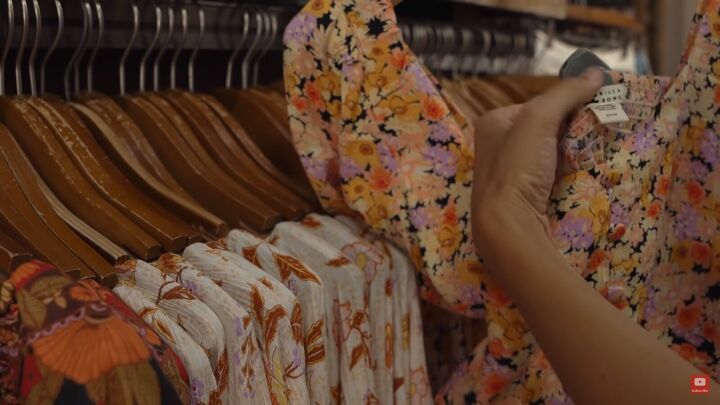









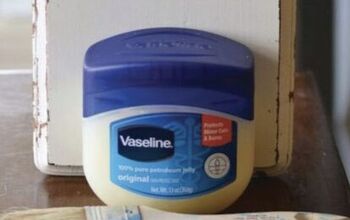

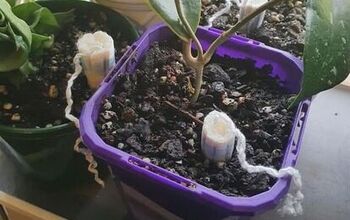


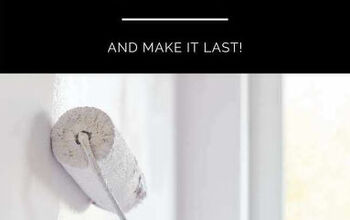

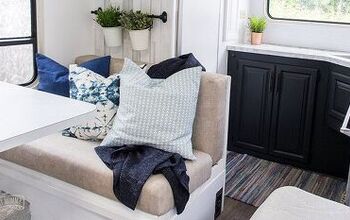



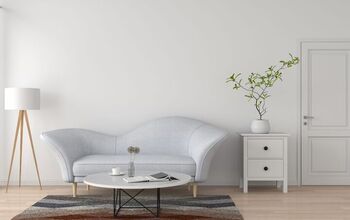


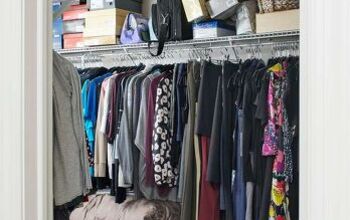



Comments
Join the conversation